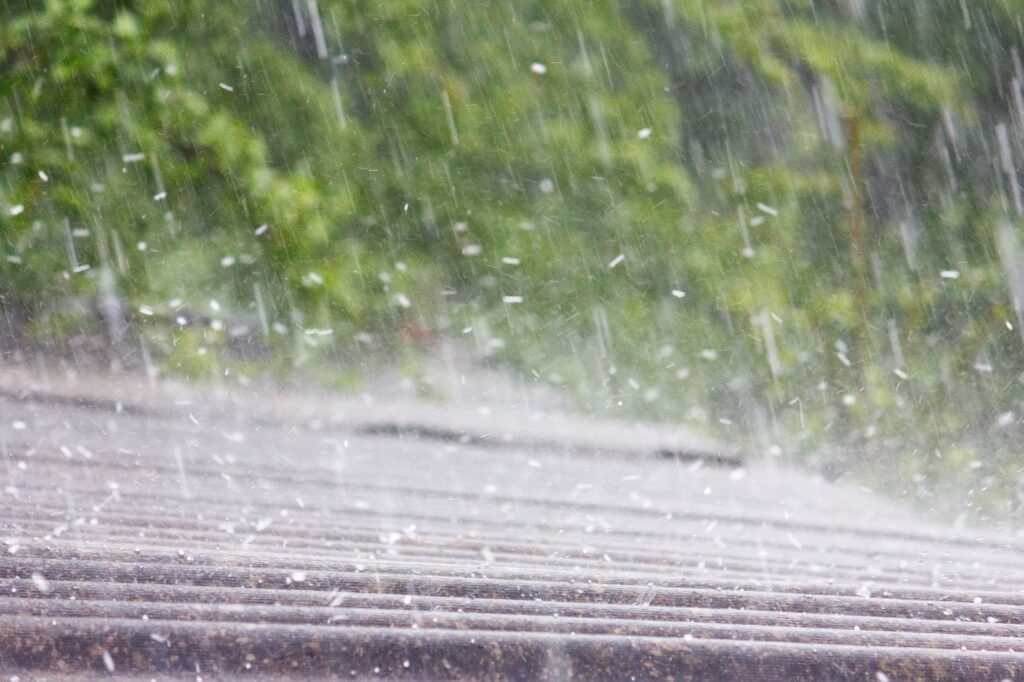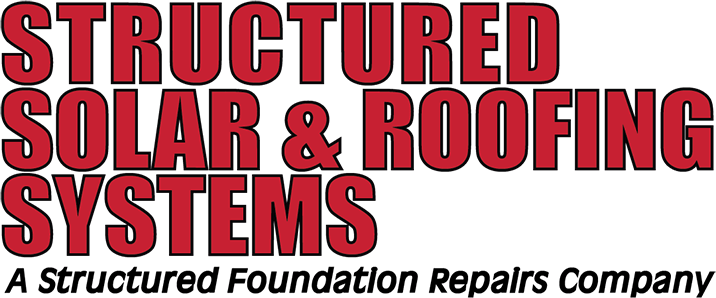
Spring is finally here, and it’s time to begin the process of spring cleaning and beautifying your yard. While you’re sprucing things up, it’s a good idea to check how your roof handled the winter. Winter months can be hard on your home’s exterior, and if your roof has suffered any type of damage it could lead to bigger problems in the spring. Failing to prepare your roof for spring and summer storms will increase the risk of having to pay for expensive roof repairs later.
Now’s the perfect time to make sure your roof is ready for whatever may come, so let’s discuss the things you can do as a homeowner.
Clean Out Your Gutters
You may not realize that your gutters are an integral component of your roofing system. Clogged gutters can cause excess pools of water to form on top of your house. Clearing all of the sludge and filth out of your gutters isn’t a very pleasant job but it needs to be done. Clean out the gutters and check to see if water can flow freely through the gutters, into the downspouts, and away from the foundation of your home.
Unfortunately, cleaning the gutters isn’t a one time job. It should be done frequently, especially after heavy storms. If you prefer, you can add some devices to keep debris from accumulating in your gutters in the first place. You local home improvement store will have a variety of gadgets for you to install that will help keep the gutters clear but understand that you’ll still need to check your gutters from time to time to make sure that they’re working properly.
Trim Bushes and Large Tree Branches
Check for any buses or tree branches that may be touching your roof. While shade on your roof is great for keeping your house cool, tree branches or bushes shouldn’t be in contact with your roof. Also, check for any limbs that may be dead or cracked, as these could break off and damage your roof during a storm.
Remove any Debris
If any limbs or other debris are on your roof, you’ll need clean it off. Make sure that there’s nothing up there that doesn’t belong. Check ventilation stacks or chimneys to keep them clear. If you’re brave enough to climb onto the roof, you can also remove the errant frisbee that’s been there since last fall.
Check for Damage
While you’re up there on the roof, look around for damage. Look for loose, cracked, or missing shingles. Also check around the chimney or vents that have flashing to see if the caulking around the flashing is in good shape. If the caulking or flashing fails, it could cause water to seep under your roofing materials. If you find any damage, you’ll need to get it repaired as soon as possible.
Take a Look in the Attic
If your roof is leaking, one of the first places you’ll see it is in your attic. Look around to see if any light is coming in through the roof. Check for any water stains on the rafters, attic floor, or the underside of the roof decking.
Look at Your Ceilings
Check the ceilings in every room for water stains that could be evidence of a roof leak. Depending on where a leak is, it could also cause water stains on your walls.
Request a Professional Roof Inspection
You can probably spot obvious problems with your roof, but if you’re uncertain about it, contact a reputable professional roofing company in your area and request an inspection. Here’s what you can expect from a professional roofing inspector:
- Structural Inspection – They’ll check for uneven roof planes and signs of sagging, and will examine the soffit, fascia, and gutter system. They’ll also look at the chimney and the venting in your attic.
- Material Inspection – Here, the inspector will be looking for loose, missing, or curling shingles, stains, moss, rust, and missing flashing.
- Interior Inspection – The inspector will check interior ceilings, the attic, and interior walls for water stains, biological growth, rot, or other signs that water is making its way into your house.
- Workmanship – A thorough inspector will examine your roof for problems with poor workmanship that could increase the risk of leaks or other roof damage in the future.
- Drones – Some roofing contractors use drones to inspect the roof. The drones can provide the inspector with a different perspective that can sometimes help to spot problem areas on the roof.
- Roof condition analysis – After the inspection, you’ll receive a detailed report about the condition of your roof and what repairs, if any, are necessary to keep it in good shape. If your inspector recommends any repairs, it’s best to have them done as soon as possible, as a delay could result in more damage and a more costly repair down the road.
Final Words
While we can’t do anything about the weather, we can certainly plan for it and take the necessary steps to prevent what happens outside from coming inside. Getting your roof ready for spring is a great way to protect your home, your furnishings, and your family.
Whether you’re dealing with small leaks, storm damage, a total roof replacement, or if you just need a roof inspection, you can trust the experts at Structured Solar & Roofing Systems. We are the leading residential roofing company in the Dallas Fort Worth area, and we specialize in working with insurance companies to help our customer navigate the claims process. We have a knowledgeable and experienced team with the skills and expertise to handle almost any roofing issue. When it comes to your home, your roof’s health is essential to keeping you and your family safe and protected from the outside elements. If you need roofing repairs or think it’s time for a roof replacement, call us to schedule a free inspection. If you’d like to know more about our company or the services we provide, please visit our website or give us a call at 972-484-1200.
